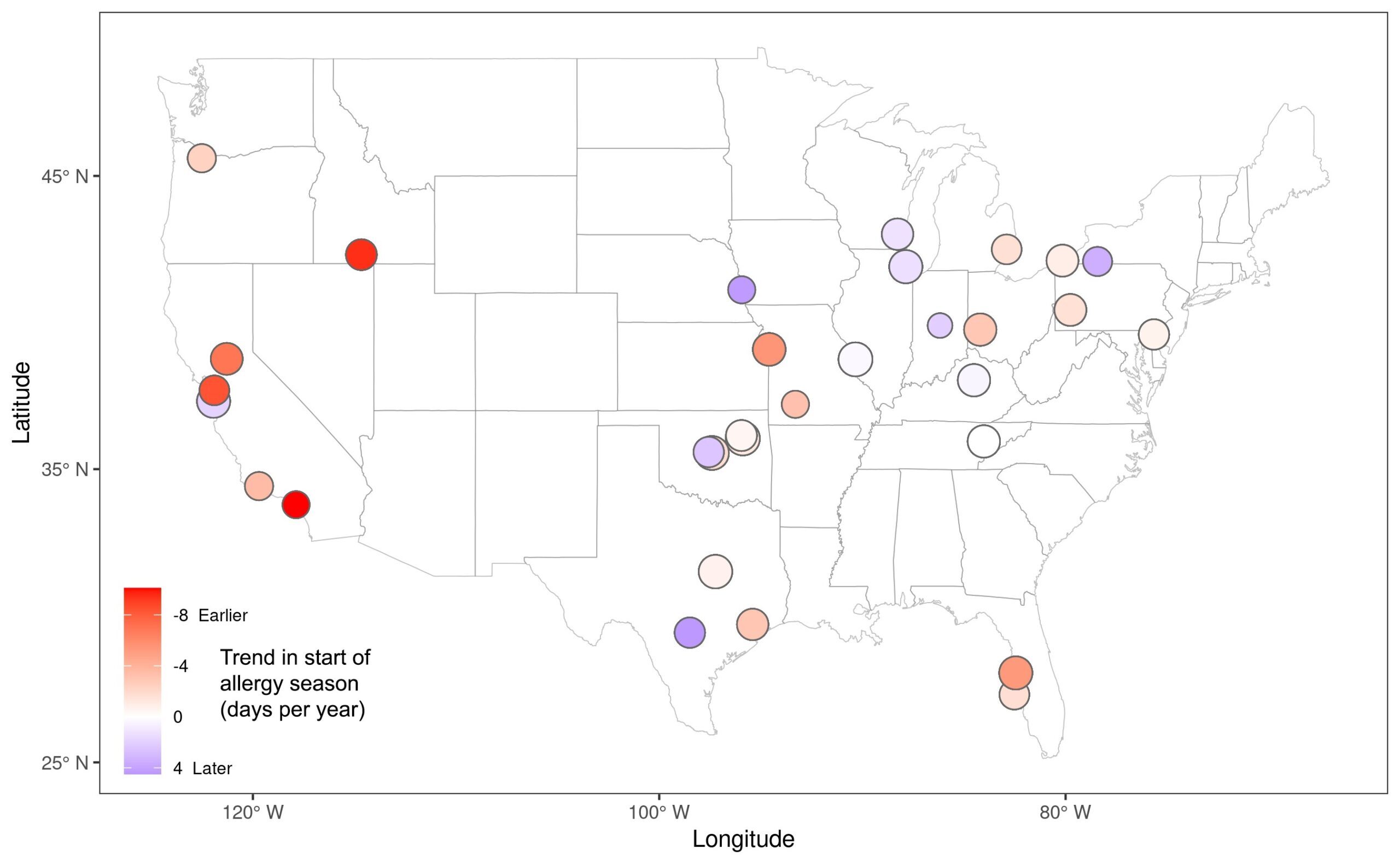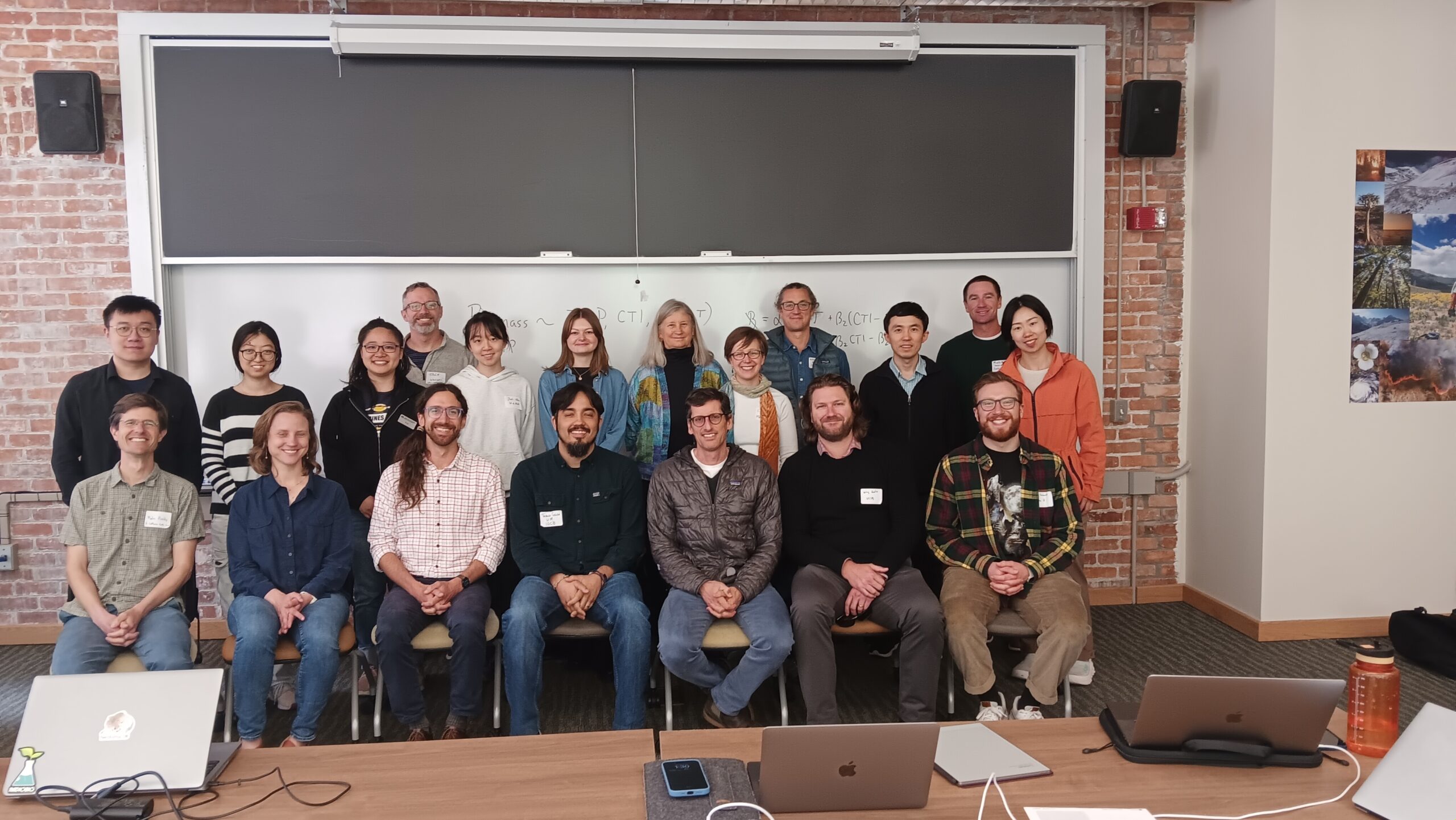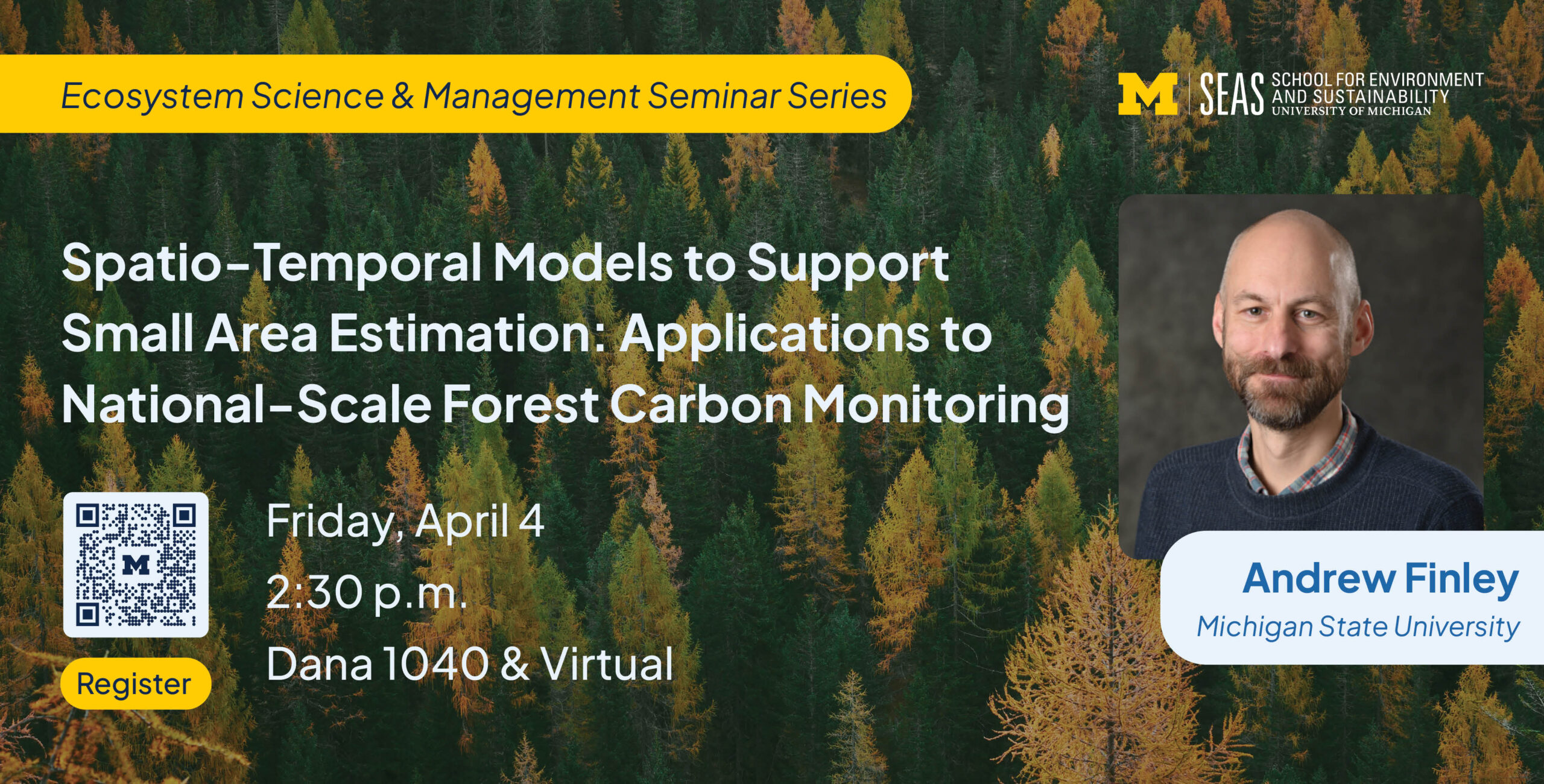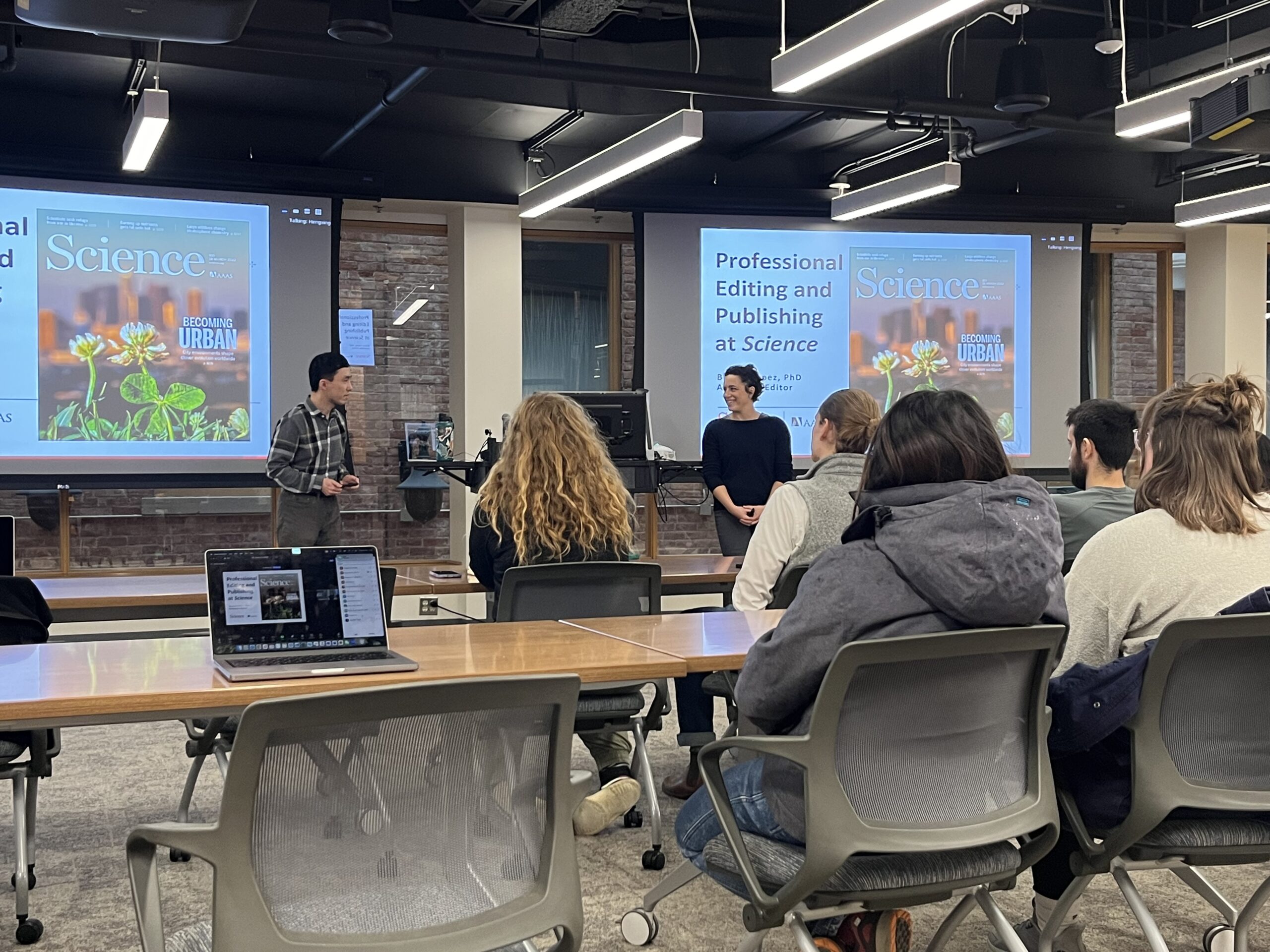Kai attended the Investigative Workshop “Transients in Biological Systems: Implications and Detection” in National Institute for Mathematical and Biological Synthesis (NIMBioS) at the University of Tennessee, Knoxville, Tennessee, May 29-31, 2019. Great to meet an interdisciplinary team of biologists, mathematicians, and statisticians. From the workshop website:
Organizers:
Alan Hastings, Environmental Science and Policy, Univ. of California, Davis
Carl Boettiger, Environmental Science, Policy, and Management, Univ. of California, Berkeley
Kim Cuddington, Biology, Univ. of Waterloo, Canada
Andrew Morozov, Mathematics, Univ. of Leicester, UK
Sergei Petrovskii, Mathematics, Univ. of Leicester, UK
Objectives: Transients, or non-asymptotic dynamics, cover a wide range of possibilities, from biology to ecology and beyond. A full understanding of transients and their implications for biology requires mathematical and statistical developments as well as attention to biological detail. Transient dynamics have also played a central role in both empirical observations and in models in neuroscience. Yet interaction between ecologists and neuroscientists on this topic has been limited. Although epidemiology could be considered part of population biology, there is also less cross-talk between epidemiology and other areas of population biology than desirable. Transients clearly play a role in disease dynamics. Areas such as immune response require attention to transients as well.
Goals for the workshop:
- To spur further research into transients, both from a mathematical standpoint and as a way to understand and analyze biological systems
- To develop appropriate statistical questions related to the analysis of biological systems using ideas from transient dynamics
- To prepare one or more synthetic documents on the role of transients across biological systems
Ideas for this workshop benefited from discussions at meetings of the NIMBioS Working Group on Long Transients and Ecological Forecasting (Long living transients as a bugbear of ecological forecasting: Concepts, models and data).
Workshop Format
Day 1. Initial presentations on transients in different biological areas and presentations on mathematical and statistical aspects, followed by smaller groups to 1) identify commonalities and differences between different biological areas, 2) identify current mathematical and statistical tools available, and 3) identify gaps in statistical and mathematical tools.
Day 2. Preliminary drafting of a synthetic document and development of plans for future research and collaborations.
Day 3. Finalize plans for manuscripts and future activities.








